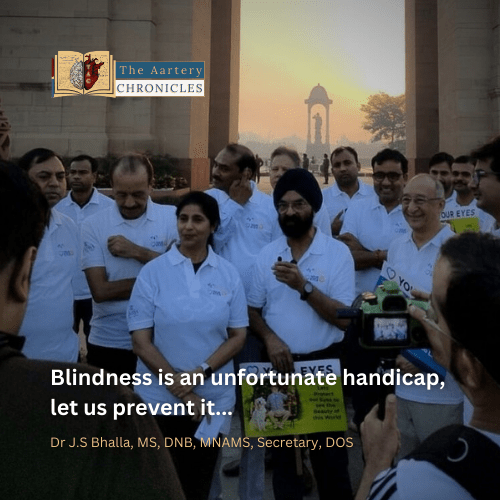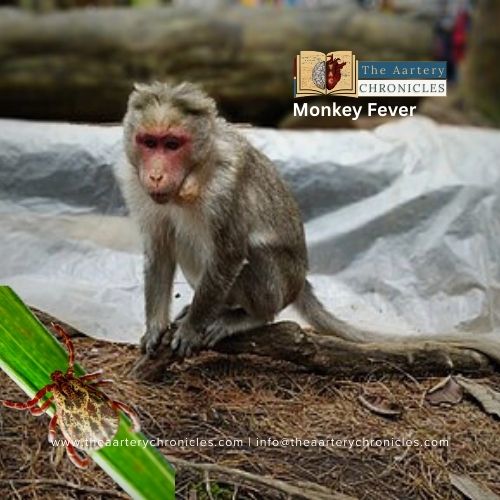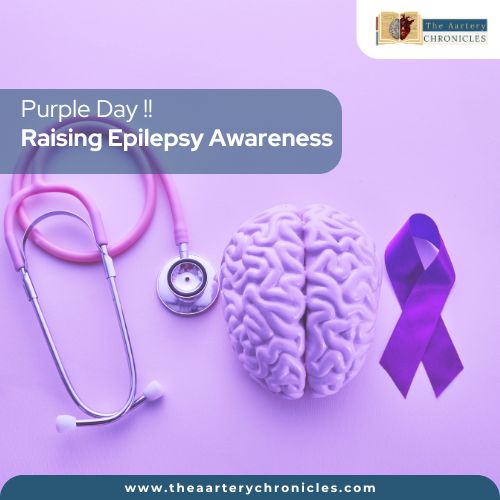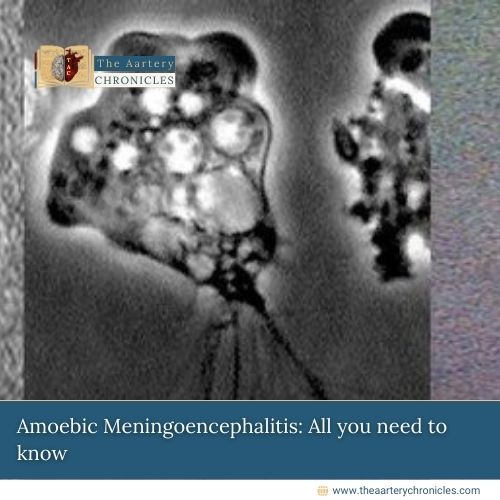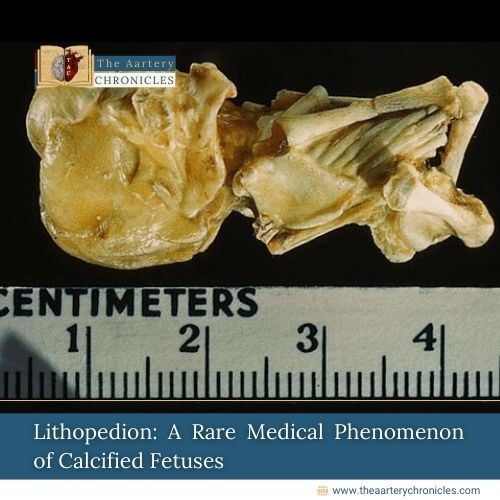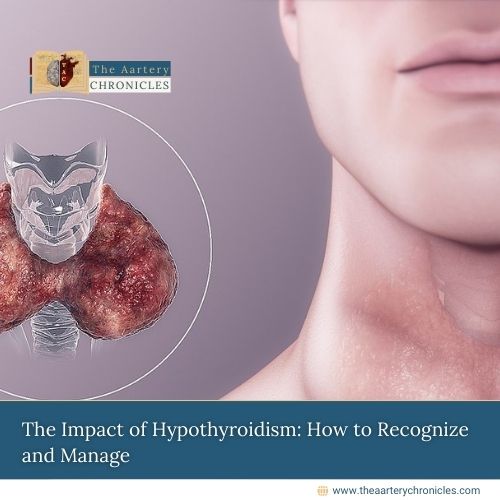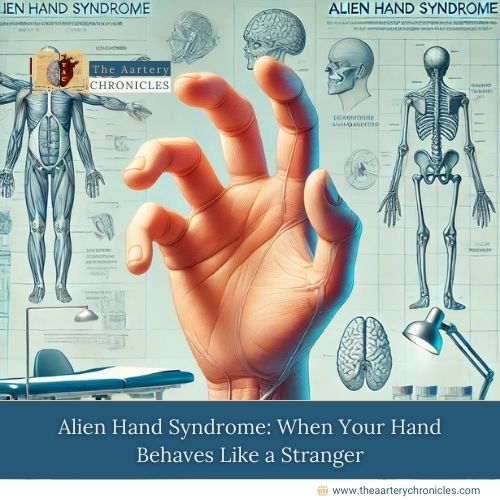
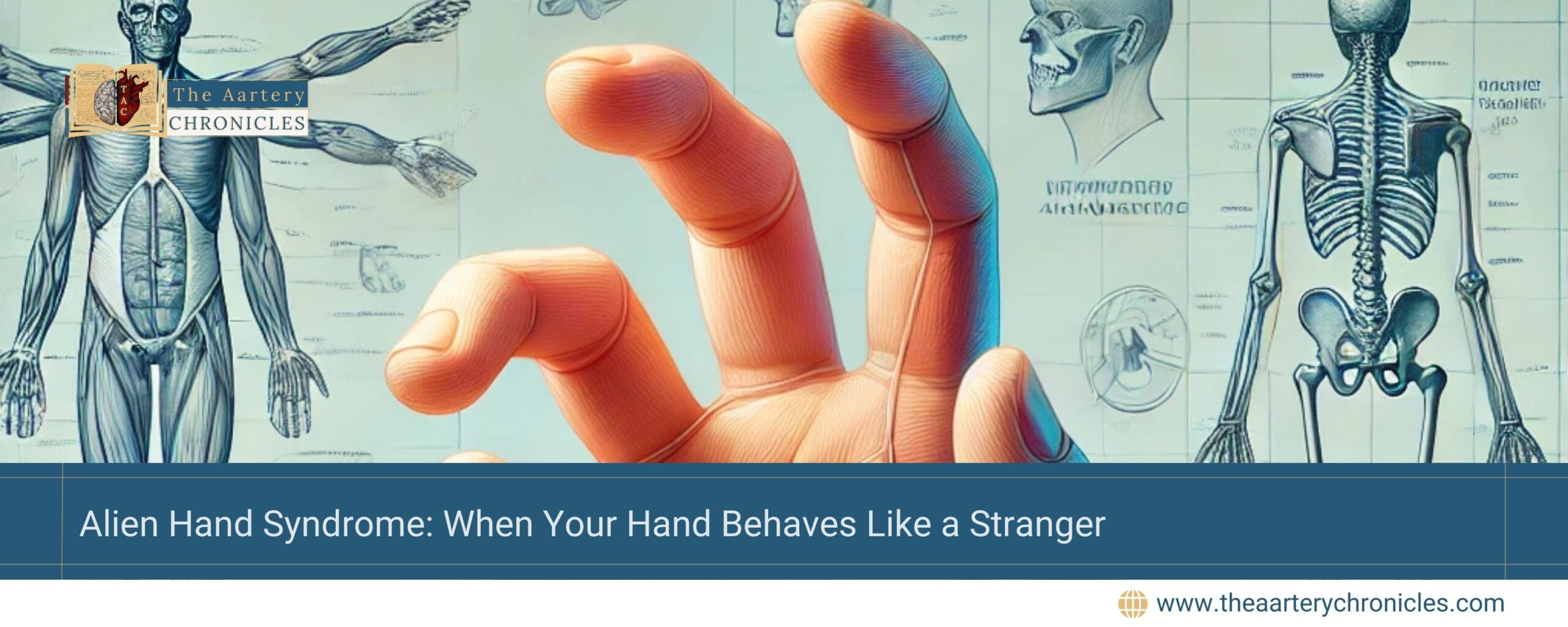
Alien Hand Syndrome: When Your Hand Behaves Like a Stranger
Introduction
Alien Hand Syndrome (AHS) is a rare neurological condition that can be both fascinating and deeply unsettling for those who experience it. Alien Hand Syndrome is marked by involuntary, uncontrollable movements of one hand, which appears to act independently. This phenomenon has intrigued neurologists, psychologists, and the public alike, offering unique insights into how our brains control movement and perception.
What is Alien Hand Syndrome?
The defining characteristic of alien hand syndrome is the lack of control over one’s hand, which appears to move and act autonomously. The affected hand may move on its own, performing purposeful tasks and actions without the person’s conscious intent or awareness. It often feels as though the hand is being guided by an external force or has a will of its own.
The affected hand may involuntarily touch the face, button a shirt, or grab objects, often in a repetitive or compulsive fashion. It might even lift into the air without conscious control. The alien hand can engage in contradictory actions, such as closing a drawer the other hand has just opened or undoing buttons that were just fastened. It often behaves uncooperatively, performing unintended actions or failing to respond to commands. The affected individual often perceives the hand as being “alien” or “out of control,” leading to frustration and confusion. However, unlike other disorders, they do not deny ownership of the limb. Remarkably, the person retains full sensory and motor function in the hand, differentiating AHS from other motor disorders.
Versions of Alien Hand Syndrome
Alien Hand Syndrome is sometimes referred to as alien limb syndrome to reflect that similar symptoms can occur in the legs, although only one limb is typically affected at a time. AHS is classified into three main categories:
- Frontal Lobe Version: This type is the only one reported to affect the right hand and is associated with damage or dysfunction in the frontal lobe.
- Callosal Version: This form involves the corpus callosum, the part of the brain that connects the two hemispheres, and can lead to conflicting actions between the hands.
- Posterior Version: This type is linked to the parietal lobe and is characterized by sensory and spatial issues affecting limb control.
Key Symptoms of Alien Hand Syndrome
The syndrome impacts both the mind and body, with the specific symptoms of Alien Hand Syndrome (AHS) varying based on the type a person develops. However, significant overlap can occur between the different versions of the syndrome. Notably, no cases have reported pain associated with the condition.
In frontal lobe type, common symptoms include:
- Involuntary groping, often directed at the individual’s own body or clothing
- Involuntary grasping, which may involve any nearby object
- Difficulty releasing objects
In the posterior type, common symptoms include:
- Arm levitation, where the arm rises into the air without any apparent cause
- Less purposeful movements, such as random waving
- Psychological difficulties, with this version being the most likely to cause the individual to no longer recognize their hand as their own
The callosal type is marked by a primary symptom: a conflict during tasks that require both hands. For instance, while a person may be buttoning their shirt with their right hand, the alien left hand might undo the work immediately. Once the condition sets in, it can persist anywhere from 30 minutes—the shortest known case—to the remainder of a person’s life.
Causes of Alien Hand Syndrome
Alien Hand Syndrome does not have one universal cause, but it always arises from some form of brain damage that disrupts movement and control. Normally, when a person initiates arm movement, several large neural networks in the brain are activated. In individuals with AHS, these activation areas are more restricted.
Further research is needed to better understand Alien Hand Syndrome and the brain on a neurological level. More broadly, potential causes of brain damage that can result in AHS include:
- Brain tumors
- Strokes
- Aneurysms
- Brain Injuries
- Side effects from brain surgery
- Parry-Romberg Syndrome (a disorder causing progressive degeneration of the skin and soft tissues on the face)
- Creutzfeldt–Jakob Disease (a neurodegenerative disorder affecting the brain)
- Atypical Parkinson’s variants, such as corticobasal syndrome
- Various other neurodegenerative disorders
It is important to remember that Alien Hand Syndrome (AHS) is a very rare side effect of most of these conditions.
However, for certain specific conditions, the incidence rate can be surprisingly high. Research shows that AHS affects 30% of individuals with the Parkinson’s variant corticobasal syndrome and 4% of people with Creutzfeldt–Jakob disease.
Diagnosis of Alien Hand Syndrome
Diagnosing Alien Hand Syndrome involves a combination of clinical observation and neurological tests. Imaging studies such as MRI or CT scans may be used to identify abnormalities in the brain. However, the rarity of the condition often leads to misdiagnosis or underdiagnosis.
Coping Strategies and Treatment for Alien Hand Syndrome
While there is no cure for Alien Hand Syndrome, various coping strategies help manage the symptoms of the syndrome. Treatment focuses on managing symptoms and helping individuals regain a sense of control. Strategies may include:
- Cognitive Behavioral Therapy (CBT): This approach helps individuals cope with the emotional challenges of their condition and encourages them to perceive their alien hand in new, more manageable ways.
- Distraction techniques: Some individuals find it useful to keep the alien hand occupied with simple, non-embarrassing tasks, like holding a magazine while going about their day, to divert its attention.
- Visuospatial coaching: This technique focuses on improving how individuals perceive the alien hand in relation to the rest of their body, potentially helping them regain some control over the limb.
- Clonazepam: In one reported case, a 13-year-old girl whose right arm was affected by AHS took clonazepam, which resulted in a 70% reduction in symptoms after two days. However, due to side effects, she had to discontinue its use and explore other options.
- Botulinum toxin injections: The same 13-year-old girl received botulinum toxin injections in several areas along her affected arm, leading to an 80% reduction in symptoms.
Living with Alien Hand Syndrome
Living with AHS can be challenging, both physically and emotionally. The condition often disrupts daily life and can lead to feelings of frustration or helplessness. Support from healthcare professionals, therapists, and family members is crucial in helping individuals adapt and find ways to cope.
Conclusion
Alien Hand Syndrome is a rare and intriguing condition that highlights the complexities of brain function and motor control. While it presents significant challenges, ongoing research and tailored therapeutic approaches offer hope for better management and understanding of this enigmatic disorder. If you or someone you know exhibits symptoms of AHS, seeking medical evaluation is essential to determine the underlying cause and explore available treatment options.
- Pathophysiology and Treatment of Alien Hand Syndrome - PMC
- Alien hand syndrome: Pathophysiology, semiology and differential diagnosis with psychiatric disorders (Review) - PMC
- Alien Hand Syndrome | History of Medicine | JAMA Neurology | JAMA Network
- What is Alien Hand Syndrome?
- The Alien Hand Syndrome: Baylor University Medical Center Proceedings: Vol 27, No 3
- Frontiers | When Playing Is a Problem: An Atypical Case of Alien Hand Syndrome in a Professional Pianist
- Alien hand syndrome - a rare presentation of stroke - PubMed


